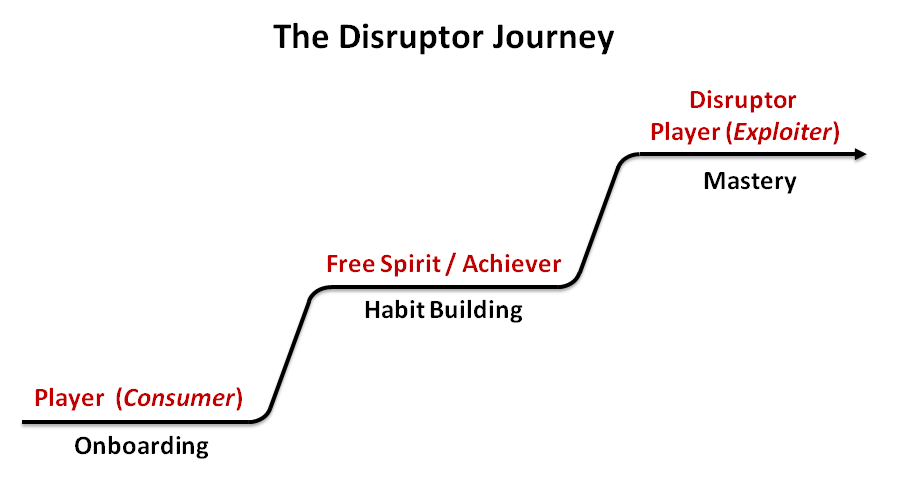If there is one thing that Pokemon Go has shown me, it’s that nostalgia is a powerful tool in onboarding. The main reason I played it to start with? I used to love Pokemon – just like everyone else I knew. I was around 16 or 17 when it first appeared on the Gameboy in the UK and I immediately fell in love with it. This is a familiar story for a couple of generations as the game has managed to reinvent itself (or at least add more Pokemons) every couple of years since then!
When I heard about Pokemon go, it was not the clever use of augmented reality that attracted me, it was the chance to be Ash and go and “Catch ‘em all” that got me. Once I played it, it felt familiar. The Pokemon matched to those found in my first encounters with the game. Pikachu was there, Bulbasaur, Squirtle, Pidgey etc. I felt comfortable, as if I was in the cartoon I used to watch back in the day.


